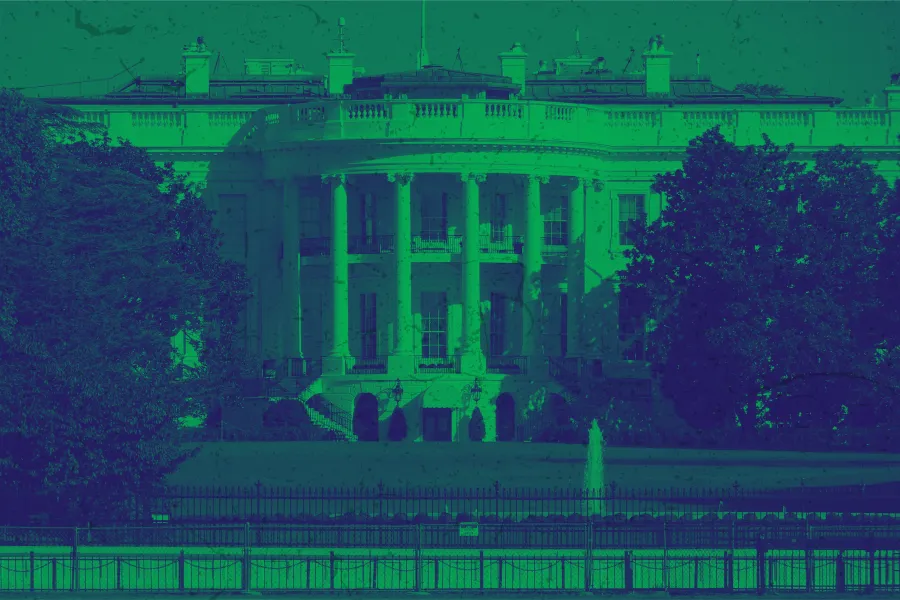Threat of federal funding cuts causes chaos, confusion

On Jan. 27, the Trump administration issued a memo halting disbursement of all federal funding appropriated by Congress. The public sector was a particular target, with services like Medicaid brought to a screeching halt, payment portals for Head Start and other vital programs shut down, and the jobs of tens of thousands of public workers in jeopardy.
Unprecedented and almost certainly unconstitutional, the move cut off more than $1 trillion for state and local governments, universities, infrastructure projects, manufacturing innovations, Head Start, health care, nursing homes, hospitals, nonprofits and more.
Within hours, panic began to spread across the country.With no defined date for when the freeze would end, entities of all kinds faced chilling questions: How would medical bills be paid? Would nursing home patients be cared for if there was no guarantee of payment? Would nonprofits have to close down their services?
The administration claimed its purpose was to ensure compliance with President Trump’s directive to eliminate all measures intended to foster diversity or equity from any federally funded program or contract, but the federal guidance on what that means in practice has been confusing and opaque.
It appears far more likely that this slash-and-burn effort is intended to allow the president to unilaterally reduce federal funding for essential services prioritized by the U.S. Congress, such as public health, disaster relief, assistance for seniors, or services for children with disabilities.
State government officials of both parties were equally alarmed. In all, 18 states and the District of Columbia came together to file a lawsuit in federal court challenging the funding freeze, as did a coalition of nonprofit organizations. After a sharp public backlash, a federal judge temporarily blocked the cuts, and the administration announced that its badly bungled memo would be rescinded.
But the threat was far from over. Administration officials insisted that their order to eliminate all equity measures remained in place, with scant guidance as to what that entailed and the specter of massive cuts looming.
No one knows what the administration will do next. But we know what AFSCME must do: Get organized stronger than ever to fight for our jobs, our communities, and the services we provide, the funding needed to support those priorities, and the principles of fairness and equity that the labor movement has always stood for.
